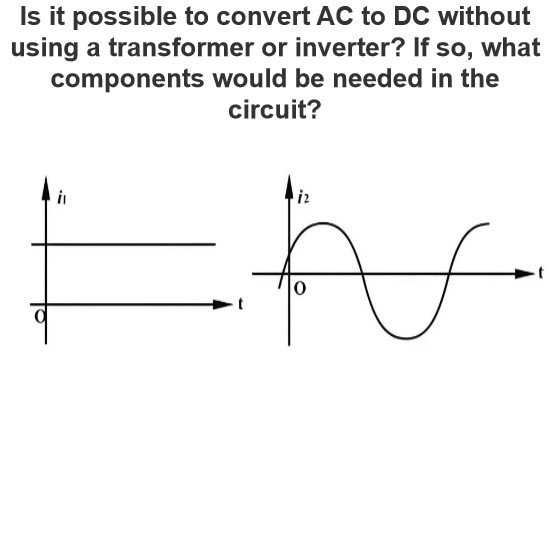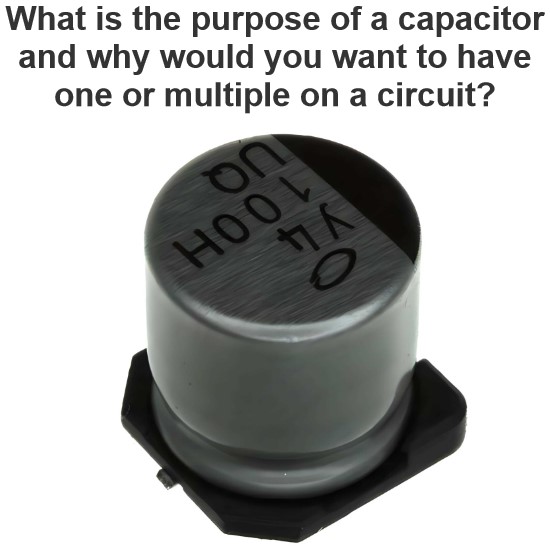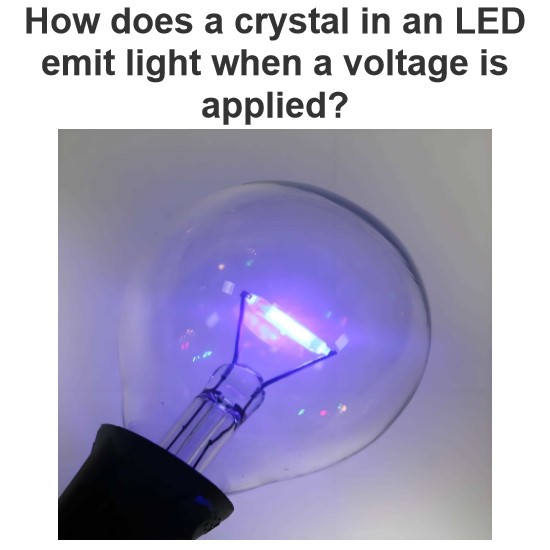How do I split the electromagnetic field into purely electric and purely magnetic?
An electromagnetic field (Electromagnetic Field) is a combination of an electric field (Electric Field) and a magnetic field (Magnetic Field), linked together through Maxwell's equations. To decompose an electromagnetic field into a purely electric field and a purely magnetic field, we need to understand how these fields interact and how they can be analyzed independently under specific conditions.
1. Understanding the Basic Characteristics of the Electromagnetic Field
An electromagnetic field is a four-dimensional vector field composed of an electric field and a magnetic field. In a relativistic framework, the electric and magnetic fields can be considered parts of a unified tensor field. However, under non-relativistic conditions, we can discuss them separately.
2. Separating the Electric Field and Magnetic Field
To separate the components of the electric and magnetic fields in an electromagnetic field, we can base our analysis on the following physical quantities:
Electric Field
The electric fieldE is generated due to the distribution of electric charges. It can be defined by:
Maxwell's first equation (Gauss's law):
∇⋅E=ρ/ϵ0
ρ is the charge density, and ϵ0is the permittivity of free space.
Maxwell's fourth equation (Faraday's law of induction):
∇×E=−∂B/∂t
indicating that the change in the electric field is related to the time variation of the magnetic field.
Magnetic Field
The magnetic fieldB is generated by moving charges or currents. Its definition is:
Maxwell's second equation:∇⋅B=0, implying that isolated magnetic monopoles do not exist.
Maxwell's third equation
∇×B=μ0J+μ0ϵ0 ∂E/∂t
J is the current density, and μ0 is the permeability of free space.
3. Analyzing Pure Electric Fields and Pure Magnetic Fields in Specific Conditions
Under certain conditions, the electromagnetic field can be simplified to a pure electric field or a pure magnetic field:
Pure Electric Field
When there is no time-varying magnetic field (i.e.,∂B/∂t =0), the electric field is a pure electric field.
For example, in electrostatics, the electric field is generated only by fixed charge distributions.
Pure Magnetic Field
When there is no time-varying electric field (i.e.,∂E/∂t=0), the magnetic field is a pure magnetic field.
For example, in the magnetic field produced by steady currents, the magnetic field is generated solely by constant currents.
4. Mathematical Expressions
In practical applications, we can solve Maxwell's equations to obtain the specific forms of the electromagnetic field. For pure electric and magnetic fields, we can write out their mathematical expressions:
Expression for Pure Electric Field
If B is static, then∇×E=0, meaning the electric field is conservative and can be described by a scalar potential V:E=−∇V.
Expression for Pure Magnetic Field (Expression for Pure Magnetic Field)
If E is static, then∇×B=μ0 J, meaning the magnetic field can be calculated using Ampère's circuital law.
Summary
An electromagnetic field can be decomposed into electric and magnetic fields, and pure electric and magnetic fields are special cases under specific conditions. Through Maxwell's equations, we can analyze the behavior of electromagnetic fields and decompose them into pure electric or magnetic fields when appropriate. This decomposition is useful for understanding and solving electromagnetic problems in practice.
If you have any further questions or need more information, please let me know!
The Electricity Encyclopedia is dedicated to accelerating the dissemination and application of electricity knowledge and adding impetus to the development and innovation of the electricity industry.




